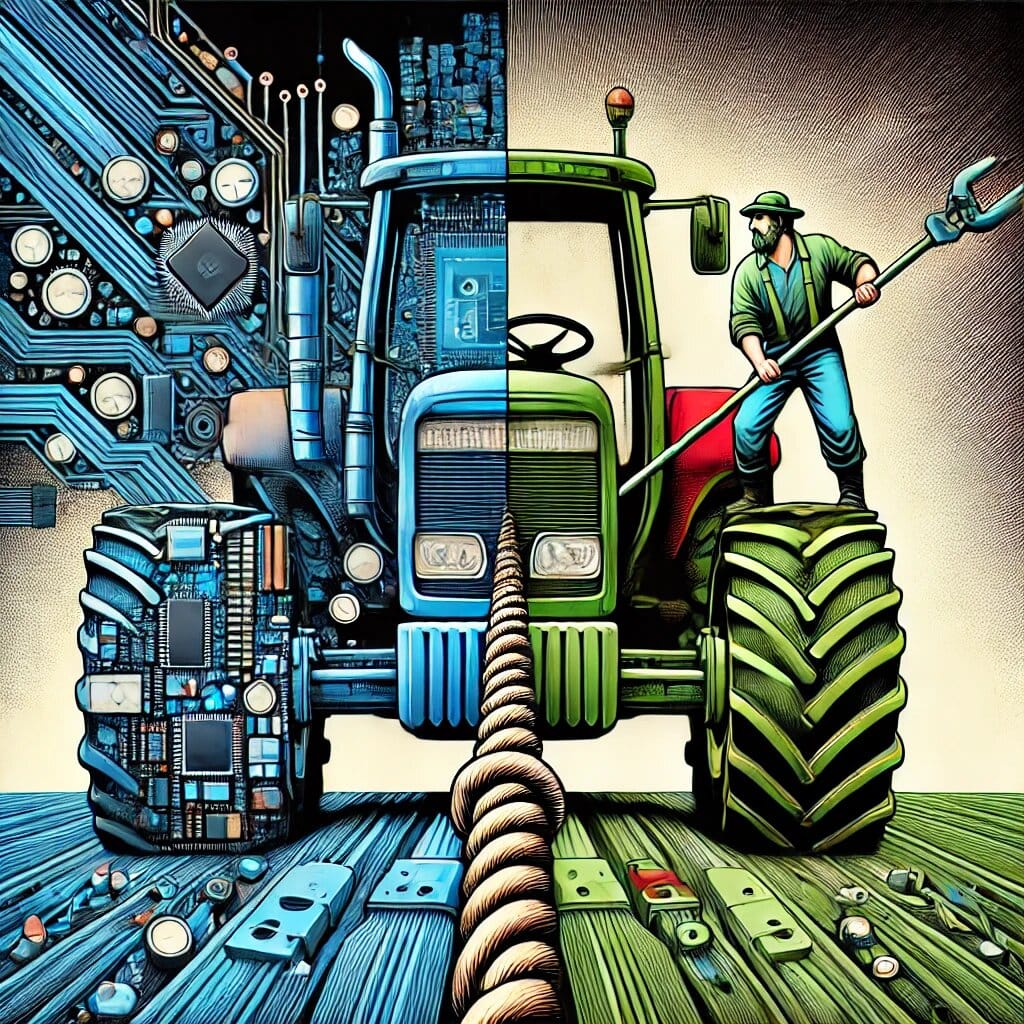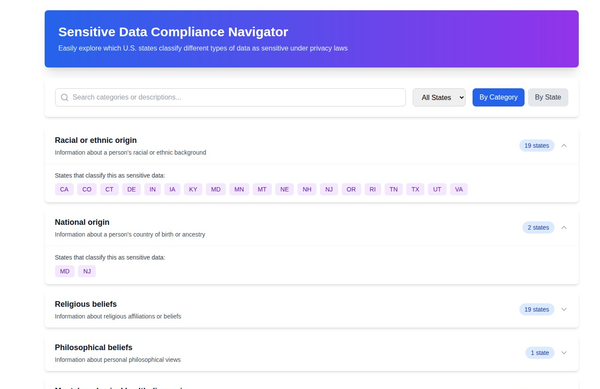The Tractor Tech Tug-of-War: Farmers, Manufacturers, and the Right to Repair

Introduction
Modern agriculture is increasingly reliant on advanced technology. From GPS-guided autosteering to sophisticated onboard computers, today's farm equipment is a far cry from the tractors of the past. This technological revolution, however, has sparked a significant conflict between farmers and manufacturers over the right to repair. Farmers are finding themselves increasingly restricted in their ability to maintain and fix their own equipment due to proprietary software and intellectual property laws. This article delves into the heart of this issue, exploring the arguments from both sides, the legal battles, and the potential future of agricultural technology.
The Rise of Software in Agriculture
The integration of software into farm equipment has revolutionized agricultural practices. Precision agriculture techniques, such as variable-rate fertilization and GPS-guided systems, have enabled farmers to optimize their operations and increase efficiency. Modern tractors and combines are equipped with powerful onboard computers (ECUs) that regulate engine performance, transmission behavior, and other critical functions. This reliance on software, while beneficial, has also created a new set of challenges.

- Embedded Systems and Firmware: These systems run specialized firmware that often requires regular updates, either through USB sticks or over-the-air (OTA).
- Closed vs. Open Source: The core of the conflict lies in the debate between closed-source (proprietary) and open-source software. Manufacturers often favor proprietary systems to protect their intellectual property and maintain control, while advocates of open source champion transparency and user freedom.

The Right to Repair Movement
The right-to-repair movement emerged as manufacturers began to place limitations on the repair and maintenance of equipment. This means that farmers are often not allowed to repair their own equipment or choose who repairs it. The movement seeks to require manufacturers to provide necessary materials, such as repair manuals and diagnostic software, to enable farmers to fix their own equipment.
- Intellectual Property vs. Property Rights: The conflict is rooted in the concept of property rights, often described as a "bundle of sticks," where each stick represents a different legal right associated with ownership. In the case of technological advancements, the intellectual property "stick" may still be owned by the manufacturer, limiting the farmer's full ownership.
- Manufacturer Concerns: Manufacturers argue that broad right-to-repair legislation could stifle innovation and hinder regulatory compliance. They worry about the potential for safety and environmental issues if equipment owners have access to source code.
Key Issues and Tensions
Several issues highlight the tension between farmers and manufacturers:
- Monopolies and Repair Restrictions: Farmers argue that manufacturers like John Deere are creating a monopoly on repairs by making software and diagnostic tools inaccessible. This forces farmers to use authorized dealerships, leading to unfair pricing and unnecessary delays.
- Licensing Fees and Subscriptions: Many modern tractors come with advanced features that require annual licensing or subscription fees, including GPS correction signals. Manufacturers can even turn off features if these fees are not paid, effectively "bricking" certain capabilities.
- Data Ownership: Proprietary telemetry systems can collect significant amounts of operational data, raising questions about who actually owns this data under user agreements.
Attempts to Resolve the Conflict
Efforts to address the right-to-repair issue have taken various forms:
- Industry Standards: Industry groups like the Association of Equipment Manufacturers (AEM) and the North American Equipment Dealers Association (NAEDA) have created the R2R Solutions to address manufacturer concerns about safety, sustainability, and innovation. These groups have issued a "Statement of Principles" committing manufacturers to provide a toolkit of service tools, but only by purchase, lease, or subscription through authorized dealers.
- Memorandums of Understanding (MOUs): Several major agricultural equipment manufacturers have entered into MOUs with the American Farm Bureau Federation (AFBF) to provide farmers with access to error codes, tools, and repair information. These manufacturers include AGCO, CLAAS of America, CNH Industrial, John Deere, and Kubota. While these MOUs represent a step forward, critics argue that they lack the force of law.
- Legislation: In 2023, several states considered right-to-repair legislation, with Colorado being the first state to enact legislation specifically targeting agricultural equipment. Other states, such as California, Minnesota, and New York have also passed right-to-repair legislation, but not specific to agriculture.
- Antitrust Litigation: Farmers have also sought to establish their right to repair through the court system. Several antitrust lawsuits have been filed against John Deere, alleging that they have monopolized the market for repair and maintenance services by restricting access to software and repair tools. The Department of Justice has also opposed John Deere's attempts to dismiss these claims.
Open Source as a Potential Solution
The idea of open-source solutions in agriculture is gaining traction.
- Benefits of Open Source: Open-source software provides transparency, allowing users to inspect and modify the code. It also encourages customization and community-driven innovation.
- Grassroots Projects: Some farmers and hobbyists are developing open-source hardware and software for tasks such as auto-steering and data logging.
- Hybrid Approaches: A possible middle ground could be a hybrid approach where core functionalities remain proprietary, but diagnostic or non-safety-critical features become more open.
The Future of the Right to Repair
The debate over the right to repair is ongoing, with no immediate resolution in sight. However, several trends are shaping the future:
- Growing Public Awareness: Public awareness of the right-to-repair movement is increasing, putting pressure on policymakers to find comprehensive solutions.
- Cybersecurity and Safety: Concerns about cybersecurity and safety remain a key consideration in the right-to-repair debate. Manufacturers worry about the potential for hacking or unsafe modifications if software is made more accessible.
- The Role of Standards: Standards like ISO 24882 (cybersecurity), ISO 11783 (interoperability), and ISO 25119 (functional safety) are shaping how agricultural machinery is designed, operated, and maintained. These standards can help ensure that equipment is both secure and safe.
Conclusion
The battle over the right to repair in agriculture is a complex issue with no easy answers. It is about balancing the intellectual property rights of manufacturers with the practical needs of farmers who depend on timely and affordable equipment maintenance. As technology continues to advance, the need for transparency, innovation, and farmer autonomy will only continue to grow. The move toward open source and hybrid solutions could help to create a more equitable system that benefits both farmers and manufacturers, ensuring that agricultural technology continues to serve the needs of the industry.







